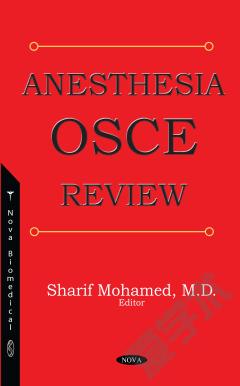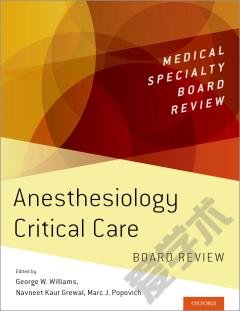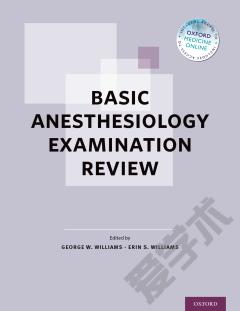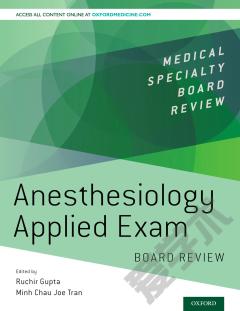Anesthesia OSCE Review
Objective structured clinical exams (OSCEs) have been in use as an assessment tool for graduate medical students and postgraduate medical training all around the world, in anesthesia training in the United Kingdom, Australia and New Zealand, and even in the United States, where medical schools have been using OSCE for a long time. When the OSCEs were introduced as a formal assessment tool for the certification of anesthesia trainees in the United States, it was adopted in a way that was slightly different than the classic way of using OSCEs in other countries. One of the differences was in the limitation of the OSCE to examine only nine skills, six of which are communication and professionalism skills and three of which are for interpretation skills, although the focus of the American OSCE is on communication and professionalism. However, it did not ignore the interpretation skills, with at least two stations on the real exam dedicated to the interpretation skills. The general theme of this book is that it utilizes some adult learning techniques to fuel an interactive learning experience for the candidates, so that they can work together on building their skills and preparing for the OSCE component of their assessment. The authors worked carefully on creating a manuscript that can be used by the practicing examiner/standardized patient to guide the process of mock OSCE encounters in a fruitful, educative and enjoyable manner.
{{comment.content}}








 京公网安备 11010802027623号
京公网安备 11010802027623号